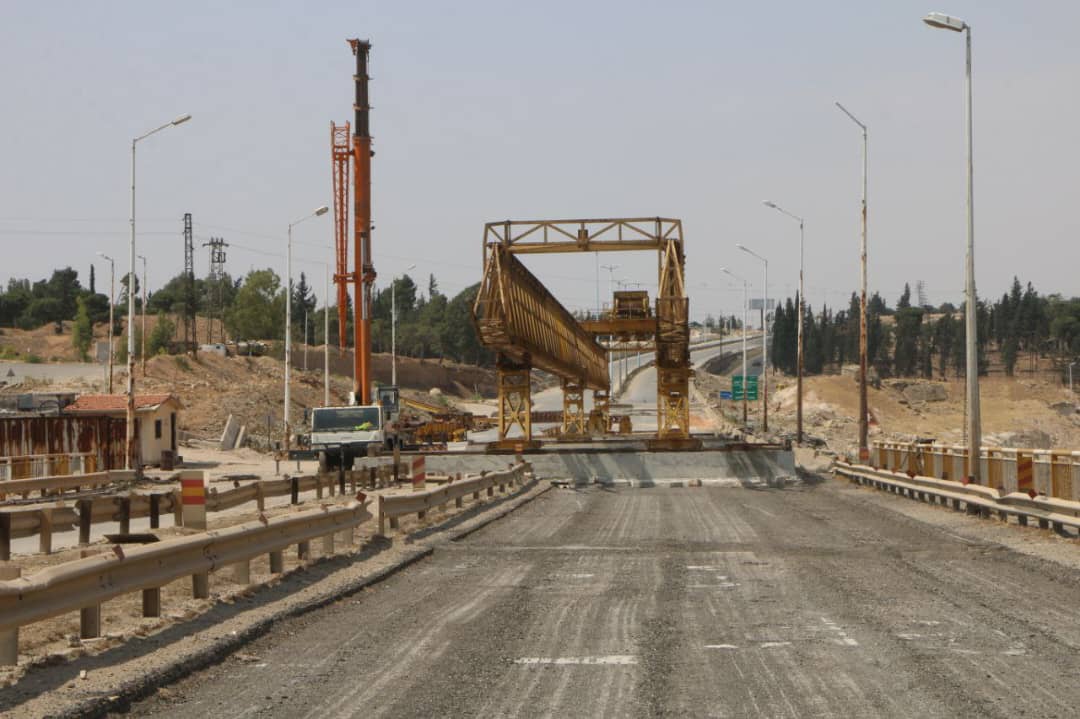White Helmets and UNDP Launch Project to Rehabilitate Al-Rastan Bridge in Homs

The Syrian Civil Defense organization (White Helmets), in partnership with the United Nations Development Programme (UNDP), has announced an ambitious project to rehabilitate the vital Al-Rastan Bridge in Homs Governorate, funded by the United Nations Humanitarian Fund for Syria (SHF). This project comes months after the bridge was rendered out of service due to Russian airstrikes on December 5, 2024, causing severe damage to its infrastructure.
The project implementation agreement was signed during a ceremony in the capital, Damascus, in the presence of the White Helmets Director General Munir Mustafa and the Assistant Secretary-General of the United Nations Abdullah Al Dardari, who also serves as the Regional Director of the UNDP.
Al-Rastan Bridge is one of the key strategic crossings in Syria, connecting the north and south via the international M5 highway linking Damascus and Aleppo, making it a vital artery for transportation, services, and trade in vital areas like Homs and Hama.
According to technical reports, the airstrikes caused significant damage to the bridge, including cracks and partial collapses in the concrete beams and slabs connecting to the upper section, with exposed reinforcement steel and damage to pre-stressed cables. Studies also noted peeling and cracking in the lower piers, in addition to damage to bridge accessories such as railings, drainage networks, and lighting columns.
The project will commence by rehabilitating alternative routes to ensure traffic continuity, followed by the removal of damaged structural elements and comprehensive reinforcements including installing new concrete beams, enhancing piers, and maintaining expansion joints. Protective railings and asphalt layers will be replaced, along with implementing traffic planning works and installing lighting and signaling systems.
It is expected that all rehabilitation and maintenance works will be completed by the end of the current year 2025, in a step that will revive this vital crossing and support economic and service movement in the region, as well as facilitate the movement of residents, students, and employees between governorates.